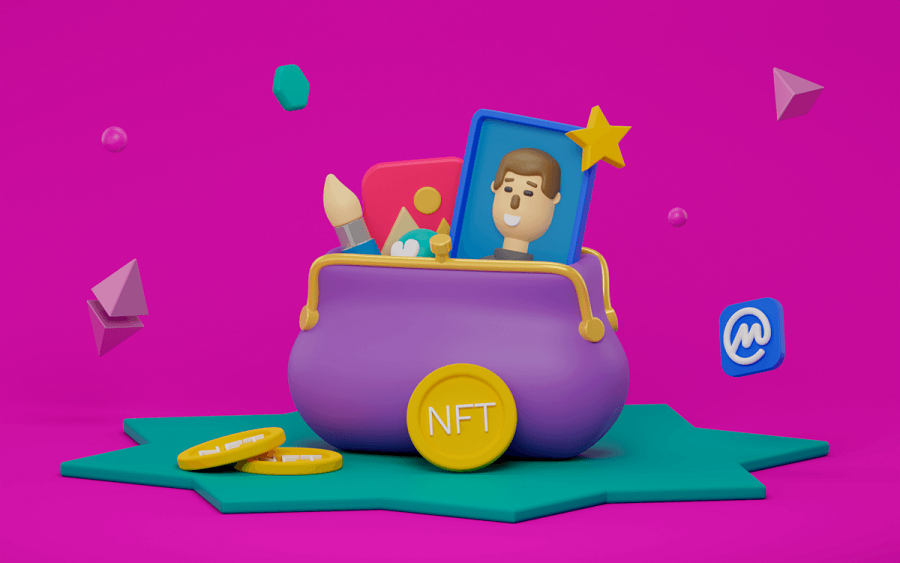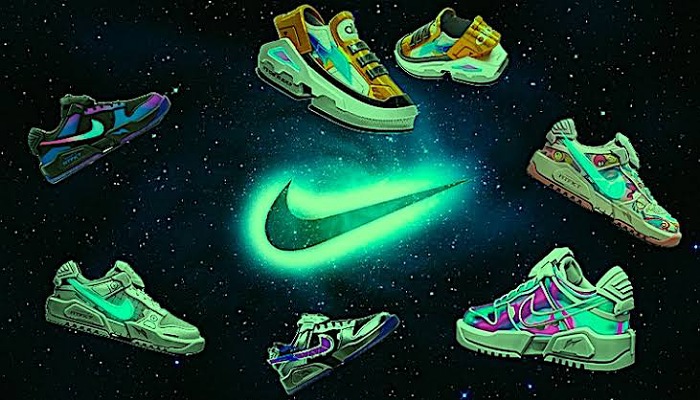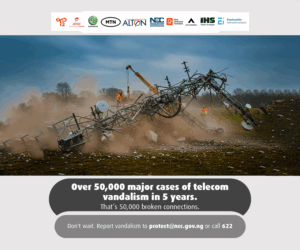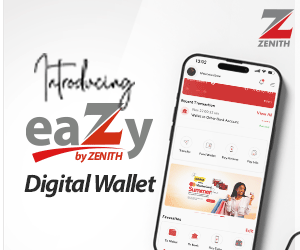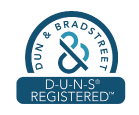Article Summary
- ERC-6651 is a new standard for NFT token development, aiming to enhance functionality, security, and interoperability.
- It introduces token-bound accounts (TBAs) that can hold tokens and other NFTs, interact with smart contracts, and change based on external factors or user inputs.
- The standard enables composability, identity, provenance, and dependency for NFTs, expanding their use cases and value. However, its adoption by existing NFT projects and platforms may face challenges.
In the dynamic realm of blockchain technology, Non-Fungible Tokens (NFTs) have emerged as a ground-breaking innovation, revolutionizing the way we perceive ownership, digital assets, and collectables.
As NFTs continue to gain widespread recognition and adoption, the need for robust token standards becomes increasingly apparent. Enter ERC-6651, a new and promising standard that has the potential to reshape the NFT landscape.
Ethereum Request for Comments (ERC) standards have long been the cornerstone of token development and interoperability on the Ethereum blockchain. They provide guidelines and specifications for developers to create tokens with consistent functionalities, making it easier for platforms, wallets, and marketplaces to handle these tokens.
ERC-20 and ERC-721 are the most well-known standards for fungible and non-fungible tokens, respectively. However, as the NFT ecosystem evolves, a more comprehensive and versatile standard was needed to address its emerging complexities.
ERC-6651 has stepped up to the plate, bringing with it a range of innovative features and improvements that position it as a game changer for NFT token standards. With a focus on enhanced functionality, security, and interoperability, ERC-6651 aims to address the limitations of existing standards and pave the way for the next phase of NFT adoption.
What you need to know about ERC-6651
ERC-6551 enhances the functionality and value of NFTs by giving them smart contract capabilities. ERC-6551 tokens function as smart contract wallets. That means ERC-6551s can hold tokens and other NFTs just like a regular smart contract wallet can.
The same applies to transactions. These so-called token-bound accounts (TBAs) are created and managed through a permissionless registry that is compatible with existing ERC-721 NFTs.
EIP-6651 is co-authored by Benny Giang, who was a founding member of Dapper Labs, which worked on the ERC-721 token standard and early projects like Crypto Kitties.
It is important to remember that the ERC-721 is a standard for creating unique digital assets on the Ethereum blockchain. These assets are called NFTs and are different from regular cryptocurrencies because each one is unique and cannot be exchanged for another one-to-one.
NFTs can represent anything from art to virtual real estate, and their value can be determined by factors like rarity or utility. ERC-721 provides a set of guidelines for creating these tokens, making it easier for developers to create and trade unique digital assets on the Ethereum network.
However, the problem with the regular ERC-721 NFTs is their limited scope. They can only be owned and transferred. They cannot own other assets, such as tokens or other NFTs. Furthermore, they cannot interact with other smart contracts or change or evolve based on external factors or user inputs.
ERC-6551s use a permissionless registry that is compatible with existing ERC-721 NFTs to remedy this problem. A registry is a smart contract that acts as a factory and a directory for TBAs. Anyone can create a TBA for any ERC-721 token by calling a function on the registry and paying a small fee. The registry then deploys a proxy contract that acts as the TBA for the token.
The proxy contract that represents the TBA inherits all the properties and metadata of the original ERC-721 token. It also implements the EIP-1271 standard, which allows it to sign messages and verify signatures on behalf of the token.
This enables the TBA to interact with other smart contracts and accounts on the Ethereum network, such as decentralized exchanges (DEXs), lending platforms, gaming environments and more. The TBA can also hold other assets, such as tokens or other NFTs. These assets can be transferred to or from the TBA by calling functions on the proxy contract.
Why this is Important
The new standard comes with a lot of use cases for NFTs that we have never seen before. Here are a few.
Composability
Composability means you can bundle your NFT with its related assets like other NFTs and tokens into one profile. If you sell or transfer the ERC-6551 NFT, every asset in it will be transferred as well.
For instance, with TBAs, you can build “inventories” of game-related assets that can be stored in the ERC-6551 token and greatly improve the user experience of a Web3 game. Before TBAs, all assets (NFTs) collected within a game would sit as separate tokens in your wallet.
Identity
Identity means each of your NFTs has its own identity and can interact with DApps independently. It does not rely on the wallet that holds it and can be associated with your on-chain identity.
This opens up new possibilities for loyalty programs or in-game rewards based on an NFT’s past behaviour. This could also have an impact on the value of your NFT, as platforms could use your NFT’s identity and reputation to determine your creditworthiness or reduce counterparty risks.
Provenance
Provenance means that you can get a complete picture of the asset’s transaction history or utility beyond the proof of ownership. Currently, NFTs don’t provide much information about what the NFT has done in the past or how it has been used.
If you sold your NFT over the counter, you usually don’t have much info about the buyer or the price. With TBAs, you can get more insightful and specific information about the NFT’s past transactions and interactions.
Dependency
Dependency means that your NFT can interact by itself with other on-chain assets or platforms, which enhances its functionality and value. An ERC-6551 NFT can own other assets or tokens that can enhance its performance or appearance. It can also interact with other platforms or smart contracts. This is akin to the NFT having its on-chain personality and story, which makes the NFT more interactive.
Conclusion
While this is promising for the NFT space, it, however, doesn’t come without its limitations. One of the main challenges of ERC-6551 is getting support from existing NFT projects and platforms. Not all NFT projects are on board with the ERC-6551 standard, especially those that don’t follow the owner method, like CryptoPunks. This means that some of the most popular and valuable NFTs can’t enjoy the token-bound accounts feature.
Moreover, some NFT platforms may not be keen or able to integrate with the ERC-6551 standard, either due to technical difficulties or business reasons. So, ERC-6551 NFTs may not be immediately available to all collectors and creators.
Ultimately, ERC-6551 could revolutionize the world of NFTs. It gives every ERC-721 token a smart contract wallet that can own assets and interact with applications, making NFTs more dynamic and interactive than ever before.

